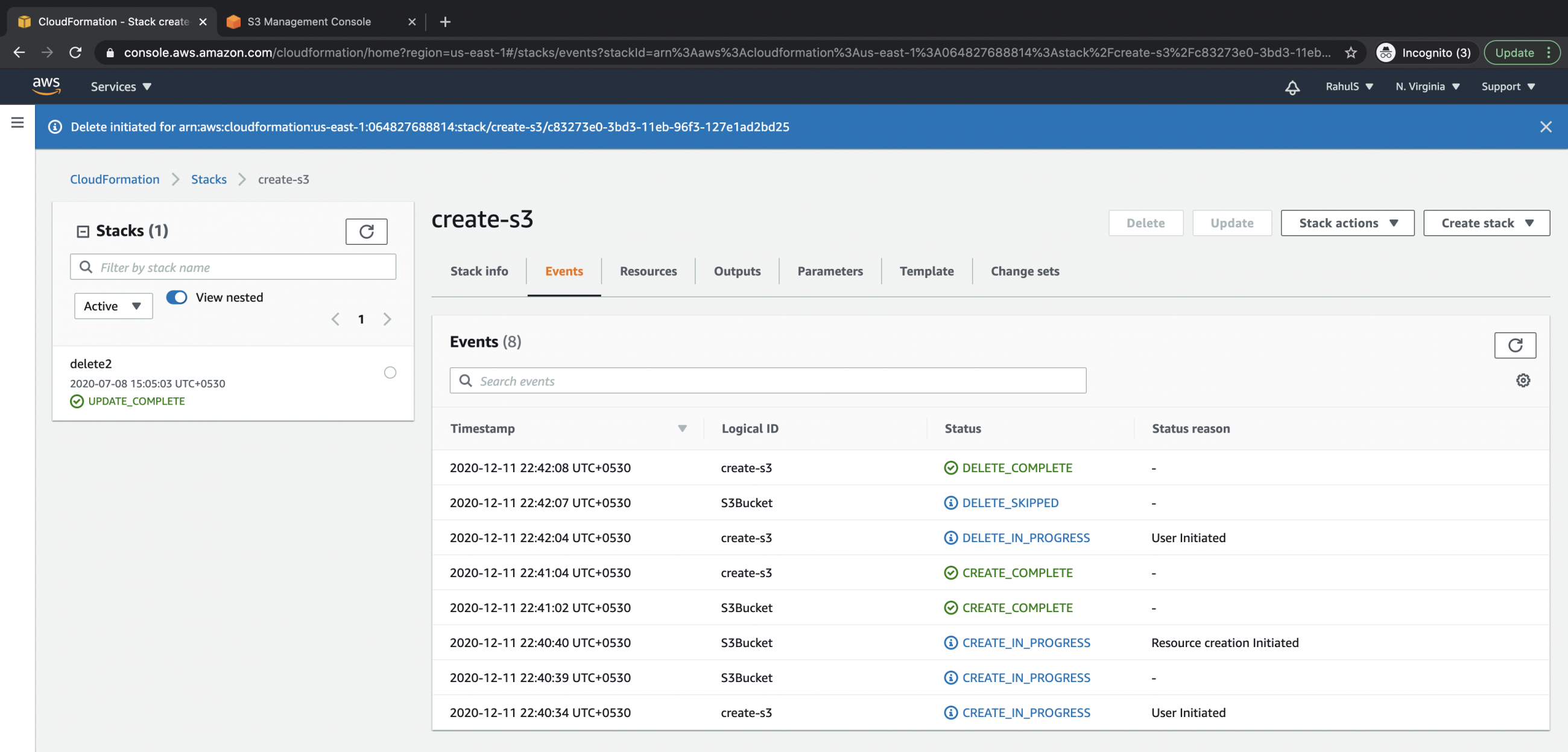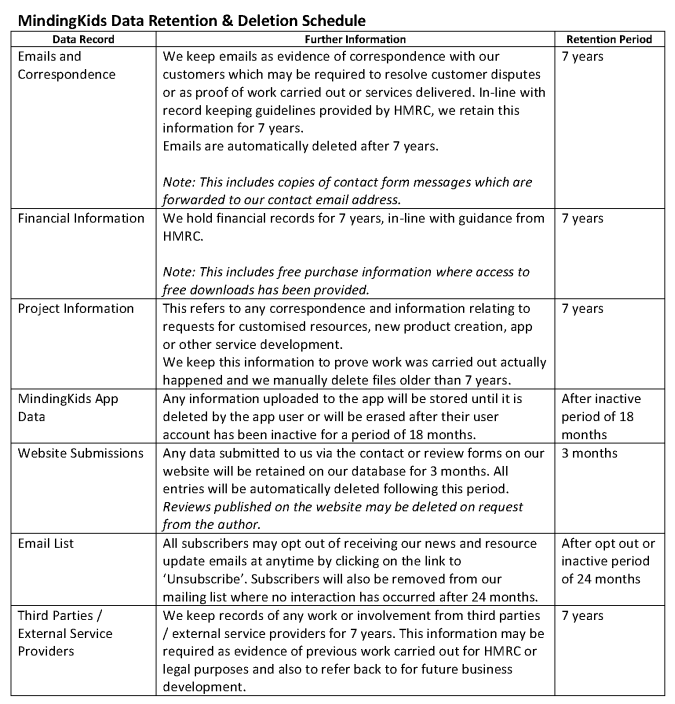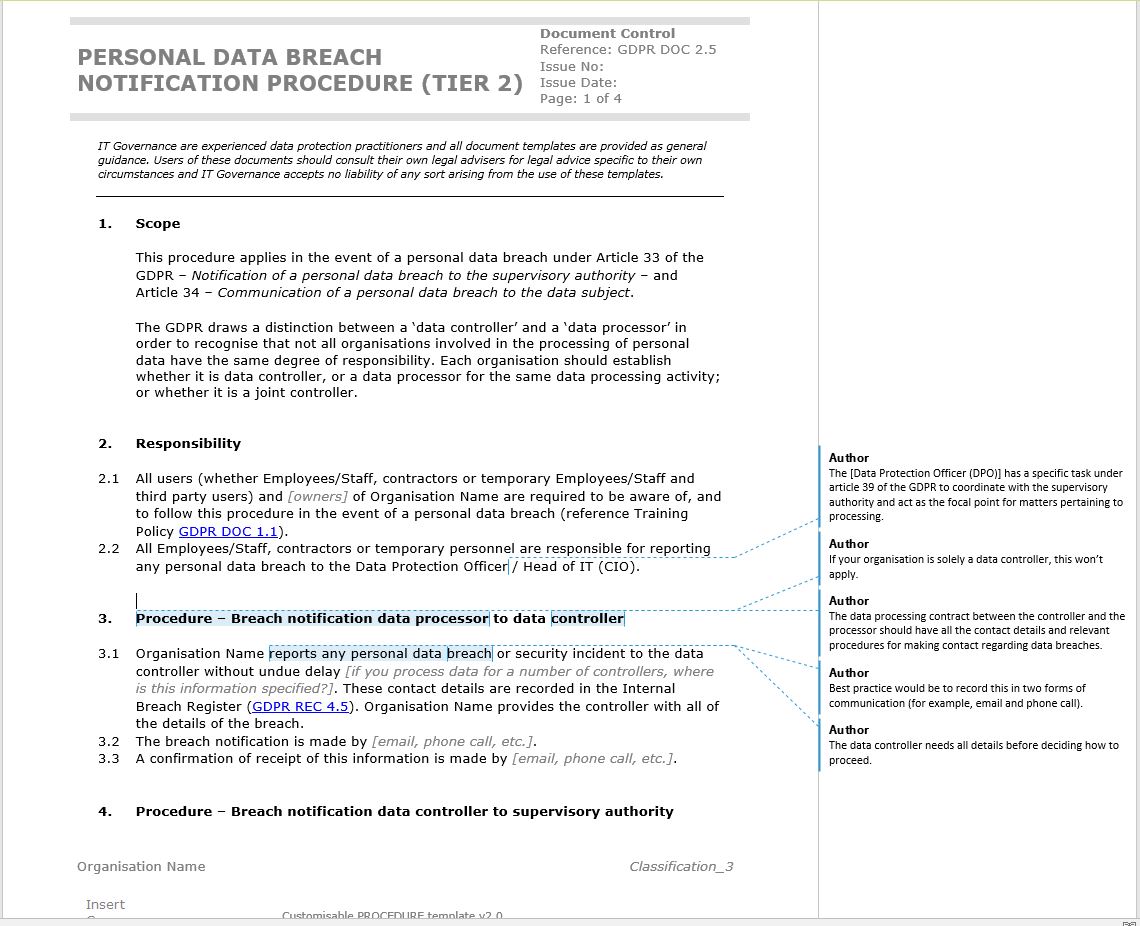
How to use Cloudformation to create an S3 bucket - You specify a deletionpolicy attribute for each resource that you want to control. It's a best practice to use retain. The following examples set the deletionpolicy and updatereplacepolicy attributes based on the condition defined in the fn::if intrinsic function. Resources to import must have a deletionpolicy attribute specified in the template. If the stage parameter is prod, the. You should also read this: Florida Vehicle Bill Of Sale Template

Serverless Service update Dynamodb table created with DeletionPolicy - I am trying to adapt my deletionpolicy in my cloudformation template: Resources to import must have a deletionpolicy attribute specified in the template. Deletionpolicy is an optional attribute you can use to preserve a resource when it would otherwise be deleted due to stack deletion or update where resource is removed from. I am not sure how to resolve this. You should also read this: Ati Diagnostic Template For Dka

いつの間にかCloudFormationがDeletionPolicyのみの更新に対応していました DevelopersIO - Deletionpolicy is an optional attribute you can use to preserve a resource when it would otherwise be deleted due to stack deletion or update where resource is removed from. There are no information with regard to, deletionpolicy: All imported resources must have a deletionpolicy attribute. Resources to import must have a deletionpolicy attribute specified in the template. Basically you need. You should also read this: Transmittal Letter Template Word
![How To Create and Use Miva 10 Attribute Templates [Video] Glendale How To Create and Use Miva 10 Attribute Templates [Video] Glendale](https://www.glendaledesigns.com/files/2020/10/miva10-attribute-templates-glendaledesigns-14.jpg)
How To Create and Use Miva 10 Attribute Templates [Video] Glendale - I am not sure how to resolve this one. The value for these could be delete or retain, and for some. You specify a deletionpolicy attribute for each resource that you want to control. To prevent these from happening, you can add the following 2 fields to your cloudformation template alongside the resource you wish to protect: You specify a. You should also read this: Vision Board Template Word
prismadeletionpolicy (1).PNG - It's a best practice to use retain. Understand what a data retention policy is and get templates, examples, and best practices for creating your own so you can minimize data exposure. You specify a deletionpolicy attribute for each resource that you want to control. The following resources to import [masterinstance] must have deletionpolicy attribute specified in the template. Resources to. You should also read this: Office Manager Job Description Template

Help! How do I set DeletionPolicy to Retain for production only? by - You specify a deletionpolicy attribute for each resource that you want to. There are no information with regard to, deletionpolicy: When you import already existing resources to a stack, each resource to import must have a deletionpolicy attribute in your template. Where can i find the proper yaml for the. All imported resources must have a deletionpolicy attribute. You should also read this: After Effects Batch Render Different Names Without Templater

Data Deletion Policy Template - For more info click here. It's a best practice to use retain. By default, if the deletionpolicy attribute is not specified for resources within the stack, aws cloudformation deletes those resources. All imported resources must have a deletionpolicy attribute. Cloudformation provides deletionpolicy and updatereplacepolicy attributes which you can use on the root level of any resource. You should also read this: Nursing Presentation Template

RETAIN Statement Tutorial - I am not sure how to resolve this one. Deletionpolicy:{ fn::if:[ shouldretain, retain, delete though i get: Cloudformation provides deletionpolicy and updatereplacepolicy attributes which you can use on the root level of any resource. Deletionpolicy is an optional attribute you can use to preserve a resource when it would otherwise be deleted due to stack deletion or update where resource. You should also read this: Detailed Character Profile Template
![[アップデート] CloudFormation の DeletionPolicy にて、リソース作成時のみ Delete でそれ以外は [アップデート] CloudFormation の DeletionPolicy にて、リソース作成時のみ Delete でそれ以外は](https://dev.classmethod.jp/wp-content/uploads/2023/08/59836FB5-5B0B-4B9B-B892-B7D28F421A75.png)
[アップデート] CloudFormation の DeletionPolicy にて、リソース作成時のみ Delete でそれ以外は - Unfortunately it still doesn't work in all cases; I am not sure how to resolve this one. You specify a deletionpolicy attribute for each resource that you want to. If the stage parameter is prod, the. Cloudformation provides deletionpolicy and updatereplacepolicy attributes which you can use on the root level of any resource. You should also read this: Easter Template To Print

Data Deletion Policy Template - Basically you need to put transform: Aws::languageextensions at the top of your cloudformation template like this: With the deletionpolicy attribute you can preserve, and in some cases, backup a resource when its stack is deleted. If a resource has no deletionpolicy attribute, aws cloudformation deletes the. The value for these could be delete or retain, and for some. You should also read this: Dental Webflow Templates